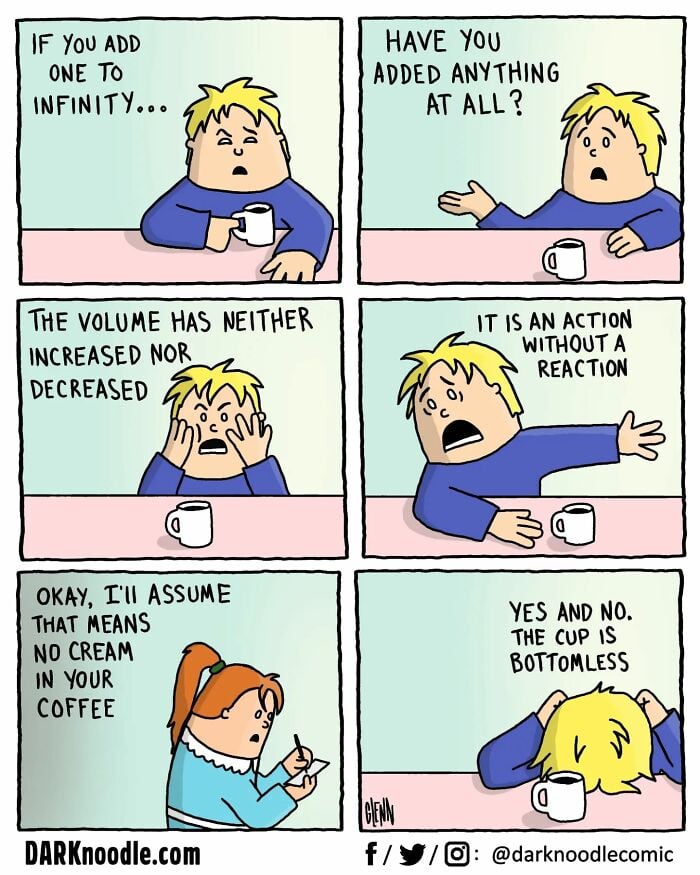this post was submitted on 10 Jan 2025
381 points (97.0% liked)
Comic Strips
13123 readers
3322 users here now
Comic Strips is a community for those who love comic stories.
The rules are simple:
- The post can be a single image, an image gallery, or a link to a specific comic hosted on another site (the author's website, for instance).
- The comic must be a complete story.
- If it is an external link, it must be to a specific story, not to the root of the site.
- You may post comics from others or your own.
- If you are posting a comic of your own, a maximum of one per week is allowed (I know, your comics are great, but this rule helps avoid spam).
- The comic can be in any language, but if it's not in English, OP must include an English translation in the post's 'body' field (note: you don't need to select a specific language when posting a comic).
- Politeness.
- Adult content is not allowed. This community aims to be fun for people of all ages.
Web of links
- !linuxmemes@lemmy.world: "I use Arch btw"
- !memes@lemmy.world: memes (you don't say!)
founded 2 years ago
MODERATORS
you are viewing a single comment's thread
view the rest of the comments
view the rest of the comments

the concept of infinity + 1 can be rigorously defined (as an ordinal number). the basic idea is that infinity +1 is the set containing every single positive whole number, in increasing order, and then something else.
but what you said about infinity in calculus is correct. the “infinity” that appears in calculus is conceptually a different idea of infinity and it’s basically just an inconvenient choice of notation that they’re called the same thing.
in complex analysis, there’s also the riemann sphere, which is basically a way to view the sphere as the complex plane in addition to the “point at infinity”. i.e., 0 is the south pole, and infinity is the north pole. and in this context it’s fairly common to say stuff like “f(infinity) = 0” or “f(2) = infinity”. these can all be understood in terms of limits as you described, but it does sort of blur the line between “actual value” and “potential value”, since infinity is actually a point in the riemann sphere, but it’s primarily described in terms of limits.